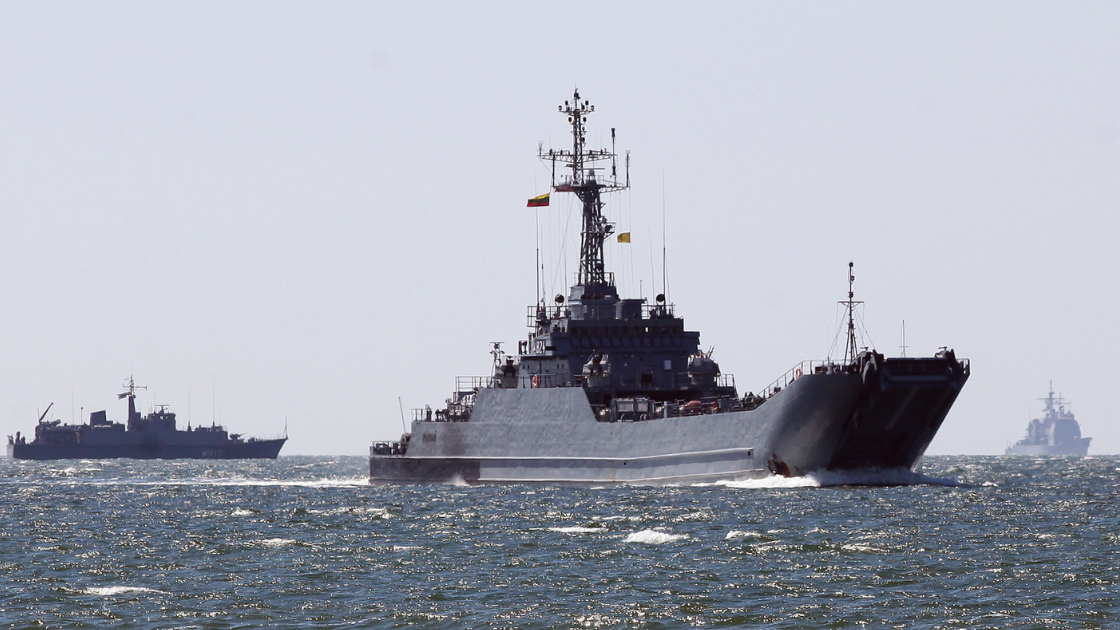
NATO is deploying about 10 additional vessels to guard critical underwater infrastructure in the Baltic Sea, Finnish broadcaster Yle reported. The vessels will be stationed near energy and data transmission cables.
The ships are expected to remain in the Baltic Sea to which Russia has access until April and will act as a deterrent against potential sabotage attempts. According to Yle, Finnish and Estonian vessels will continue guarding the Gulf of Finland, while ships from other NATO nations will patrol the broader Baltic Sea.
Over the course of a year, underwater cables were severed three times in that maritime area.
In addition, partners in the British-led Joint Expeditionary Force (JEF) announced plans to enhance monitoring of vessel movements near critical infrastructure in the Baltic Sea using artificial intelligence. Ten northern European countries comprise JEF.
The Alliance’s decision to increase its presence in the Baltic Sea was made on Dec. 30 at the request of Finland and Estonia.
Five days before the decision, the Eagle S tanker, which Finnish authorities have linked to Russia’s “shadow fleet,” damaged the Estlink 2 cable between Finland and Estonia, as well as four telecommunications cables in the Gulf of Finland. Finnish authorities are investigating the damage, one of several recent incidents in the Baltic Sea.
Finnish authorities found spying equipment on board the Eagle S vessel after impounding it a week ago over suspicions of sabotage.
The Ukrainian World Congress has previously reported an increase in Russian sabotage activities in the region. Since late November 2024, Northern European countries have seen repeated damage to underwater communication systems, often involving merchant vessels registered in Russia or China.
NATO’s increased vigilance underscores growing concerns over the security of critical infrastructure in the face of escalating threats.











